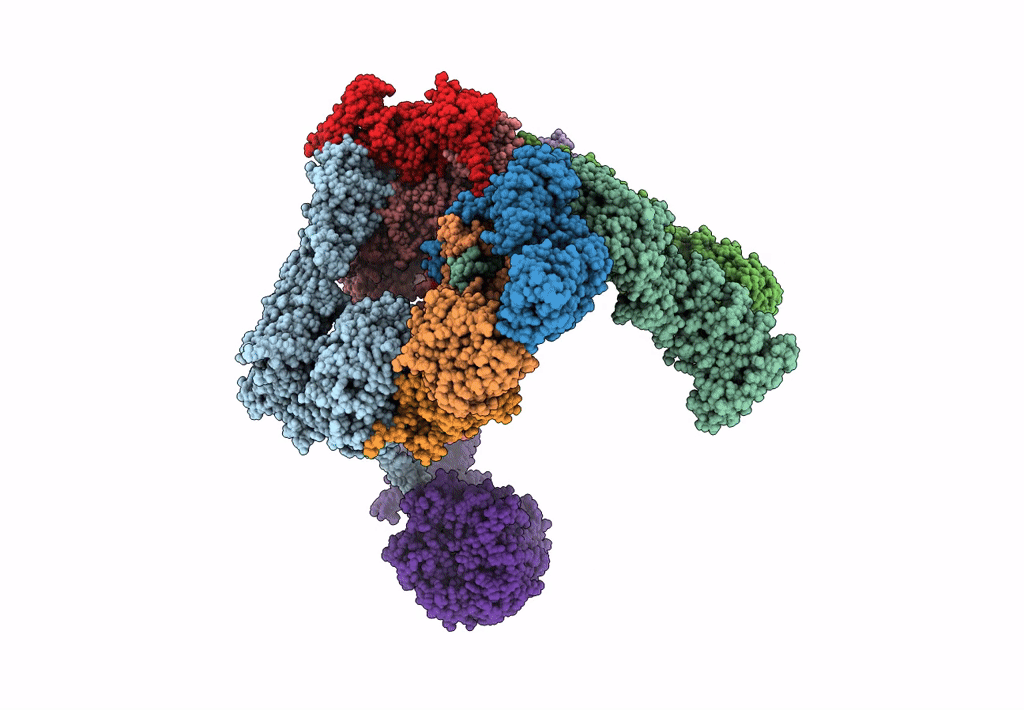
Deposition Date
2016-05-25
Release Date
2016-09-07
Last Version Date
2024-05-08
Method Details:
Experimental Method:
Resolution:
3.90 Å
Aggregation State:
PARTICLE
Reconstruction Method:
SINGLE PARTICLE


